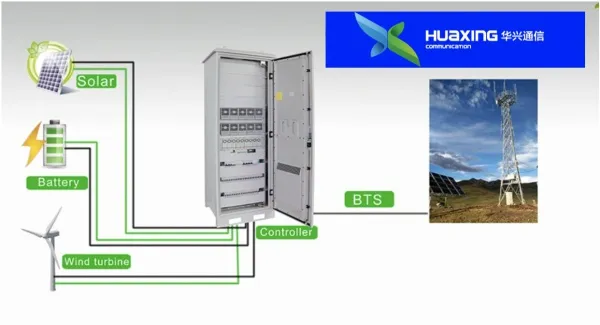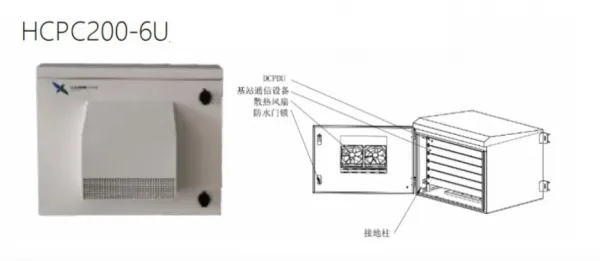millimeter wave integrated circuits
Millimeter wave integrated circuits (MMICs) represent a cutting-edge advancement in semiconductor technology, operating at frequencies between 30 GHz and 300 GHz. These sophisticated circuits integrate multiple components, including amplifiers, mixers, oscillators, and phase shifters, onto a single chip. The technology leverages advanced semiconductor materials like Gallium Arsenide (GaAs) and Silicon Germanium (SiGe) to achieve superior performance in high-frequency applications. MMICs excel in handling high-frequency signals with remarkable precision, making them essential for modern wireless communications, radar systems, and emerging 5G technologies. The compact nature of these circuits allows for significant size reduction while maintaining high performance levels. They demonstrate exceptional capabilities in signal processing, offering low noise figures, high gain, and efficient power handling. The integration of multiple functions into a single chip not only reduces the overall system complexity but also improves reliability and reduces manufacturing costs. These circuits have become fundamental components in automotive radar systems, satellite communications, and high-speed wireless networks, driving innovations in both commercial and military applications.


